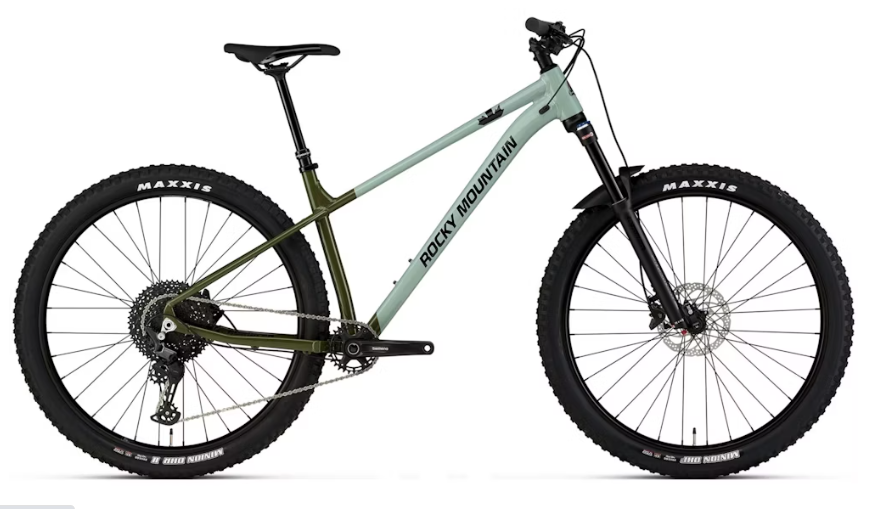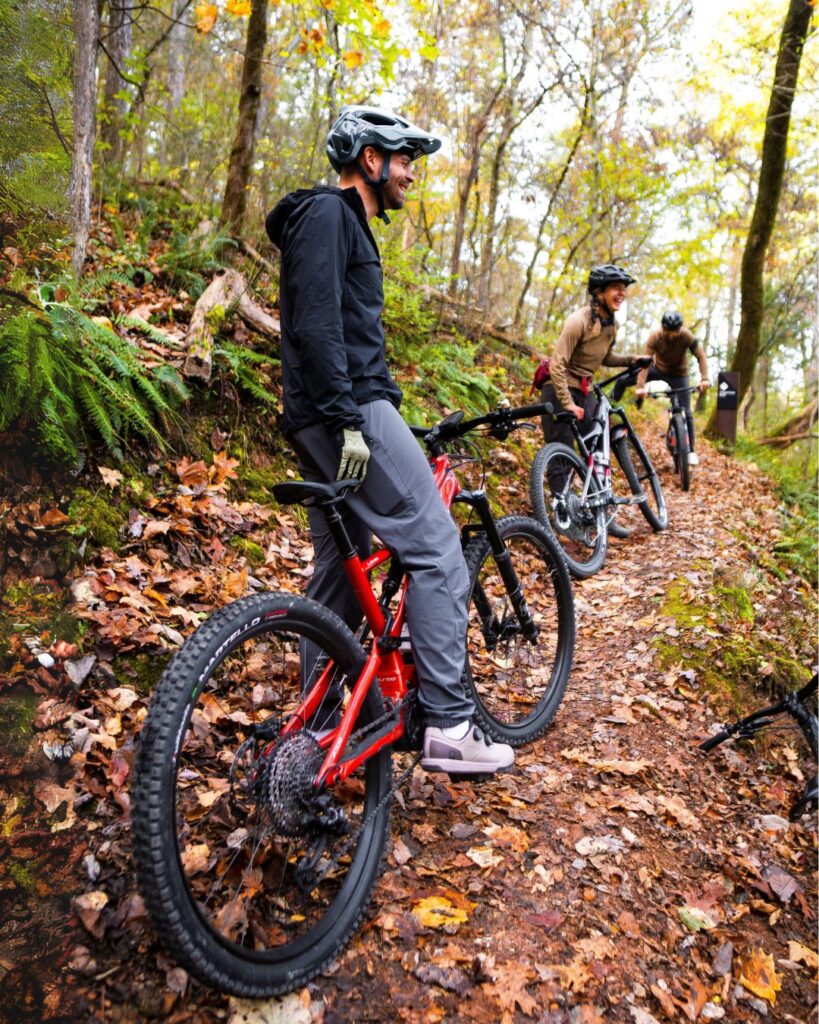Choosing Your Path: The Importance of Wheel Size in Cross Country Bikes

Key Point Summary of The Importance of Wheel Size in Cross Country Bikes:
- Wheel Size Variations: Introduction to the common XC bike wheel sizes, 27.5 inches (650b) and 29 inches (29er).
- 29er Benefits: Highlights the advantages of 29-inch wheels, including improved obstacle rollover, increased traction, and better momentum conservation.
- 27.5-inch Advantages: Discusses the benefits of 27.5-inch wheels, such as greater maneuverability, quicker acceleration, and a more playful ride feel.
- Terrain and Rider Considerations: Explains how terrain and individual rider preferences might influence the choice between 27.5-inch and 29-inch wheels.
- Combining Wheel Sizes: Briefly touches on the concept of mixed or mullet setups, using different wheel sizes front and rear for optimized performance.
As a masters cyclist who’s navigated the varied landscapes of mountain biking, gravel grinding, and cyclocross, I’ve come to appreciate the nuanced yet significant role wheel size plays in cross-country (XC) biking. The debate between 27.5-inch and 29-inch wheels is more than just a matter of size; it’s about how these dimensions can dramatically alter the bike’s handling, efficiency, and suitability for different terrains and riders. This article aims to unravel the intricacies of wheel size in XC bikes, guiding beginners to mid-level cyclists through the maze of options and helping them make informed decisions based on their riding style, preferences, and the trails they frequent.
Wheel Size Variations in XC Bikes
29er Benefits
The rise of the 29er has been a game-changer in the XC world, offering riders a wheel that maintains momentum with ease, rolls over obstacles more smoothly, and provides a larger contact patch for enhanced traction. These characteristics make 29-inch wheels particularly suited to fast, open trails and long-distance races where efficiency and speed are paramount.

27.5-inch Advantages
On the flip side, 27.5-inch wheels, with their slightly smaller diameter, offer a different set of advantages. They tend to be more agile, making tight turns and technical maneuvers easier. Their reduced rotational mass allows for quicker acceleration, appealing to riders who value responsiveness and a lively ride feel.
Terrain and Rider Considerations
Choosing between these wheel sizes often comes down to the type of terrain you ride and personal preference. While 29ers might shine on fast and flowy trails, 27.5-inch wheels could be the ticket for more technical or twisty courses. Rider height and fit also play a role, with smaller riders sometimes finding a better fit and feel with 27.5-inch wheels.

But the Journey Doesn’t End Here
The decision between 27.5-inch and 29-inch wheels in XC biking is not one to be taken lightly. Each size offers distinct benefits that can enhance your riding experience, depending on your style and the trails you prefer. By carefully considering the advantages of each and how they align with your riding goals, you can choose a wheel size that not only complements your riding style but elevates it, making every ride more enjoyable and every race more competitive.
Here are some top contenders known for excelling in cross-country scenarios:
- Yeti SB115: This bike blends the line between cross-country speed and trail bike capability, with a lightweight frame and a suspension setup tuned for aggressive XC riding.
- Ibis Ripley AF: Known for its versatility, the Ripley AF offers a lightweight aluminum frame combined with efficient geometry and suspension that excels in both climbing and descending, making it suitable for XC and trail riding.
- Niner AIR 9 RDO: A high-performance carbon frame bike designed for speed and efficiency, the AIR 9 RDO is built for racers and serious XC riders looking for top-tier performance.
- Pivot Mach 4 SL: Pivot’s Mach 4 SL is engineered for cross-country and marathon racing, featuring a super lightweight carbon frame and aggressive geometry to maximize speed and handling.
- Norco Revolver FS AXS: The Revolver FS AXS is designed with a focus on speed and efficiency, featuring a lightweight frame, advanced suspension technology, and wireless electronic shifting for precision gear changes.
These bikes represent the pinnacle of current XC design, offering a mix of lightweight materials, advanced suspension technologies, and geometries optimized for speed and efficiency. The best XC bike for an individual rider will depend on specific factors such as riding style, preferred terrain, competitive goals, and budget.

FAQ
What is the best wheel size for XC bikes?
The best wheel size for XC bikes is generally considered to be 29 inches, as it offers improved obstacle rollover, greater efficiency, and better traction, making it popular among racers and recreational riders alike.
How important is the wheel size on a bike?
Wheel size on a bike is very important as it affects the bike’s handling, acceleration, ability to overcome obstacles, and overall ride comfort. Different sizes can significantly change the cycling experience.
What are the benefits of a larger bike wheel?
Benefits of a larger bike wheel include better momentum conservation, smoother ride over bumps and obstacles, increased stability, and enhanced traction due to a larger contact area with the ground.
Is it better to have bigger or smaller wheels on a bike?
Whether it’s better to have bigger or smaller wheels on a bike depends on the intended use and rider preference. Larger wheels (29 inches) are generally better for speed, stability, and smooth riding over rough terrain, making them preferred for XC and trail riding. Smaller wheels (27.5 inches or 26 inches) offer quicker acceleration, better maneuverability, and a more playful ride, suiting technical trails, downhill, and some aggressive trail riding scenarios.






